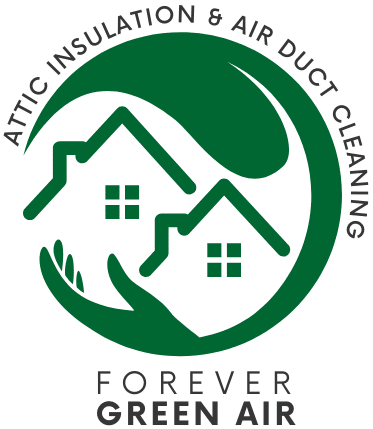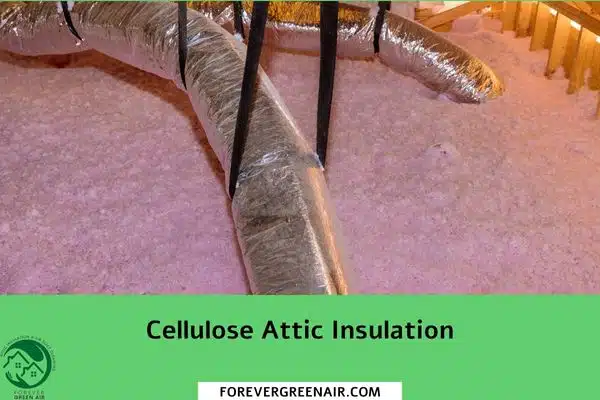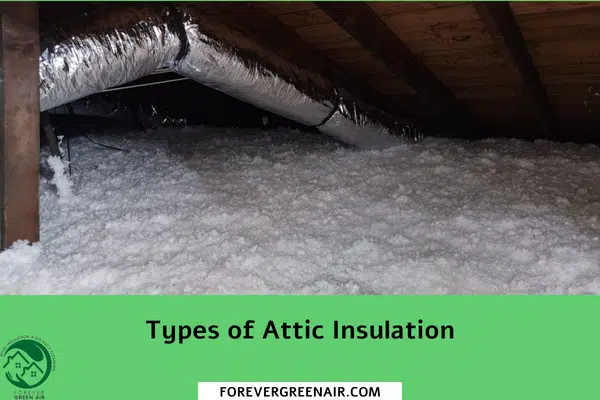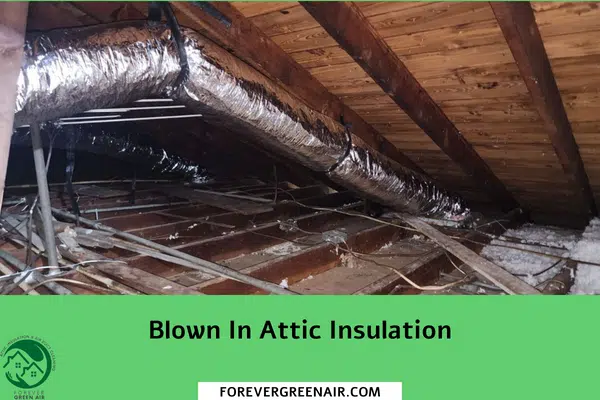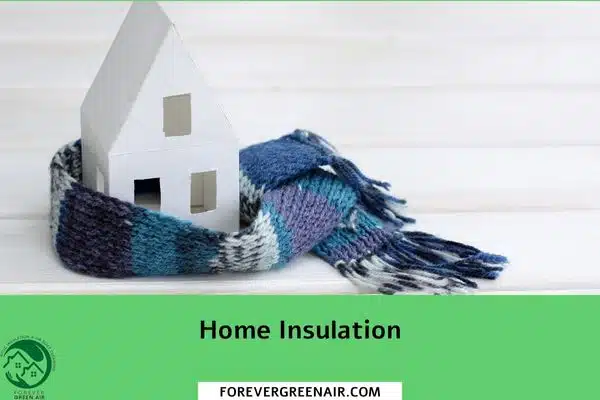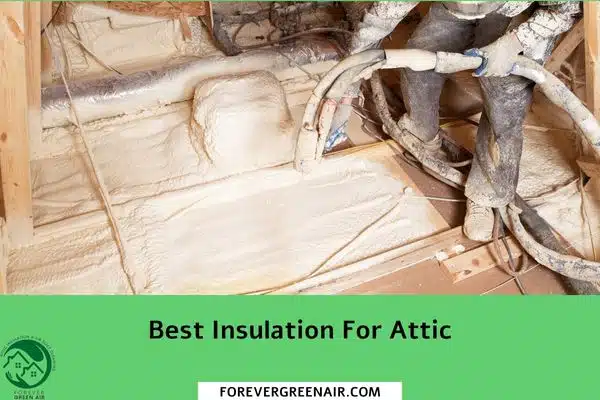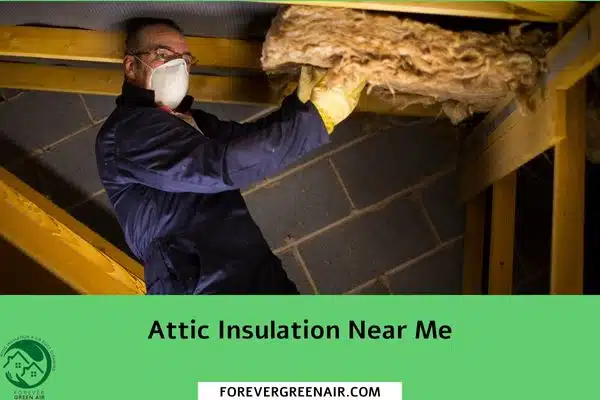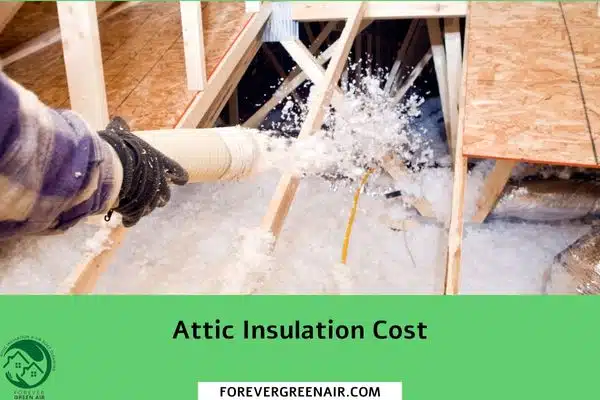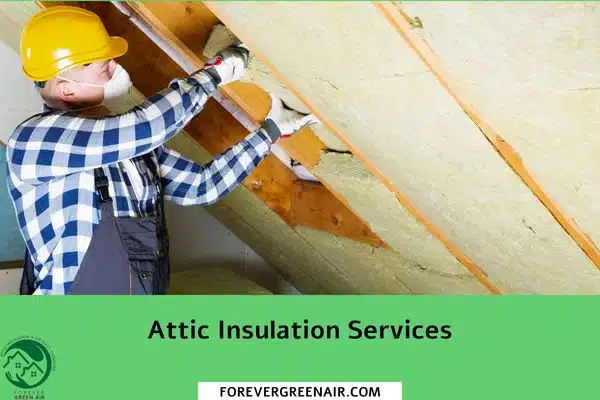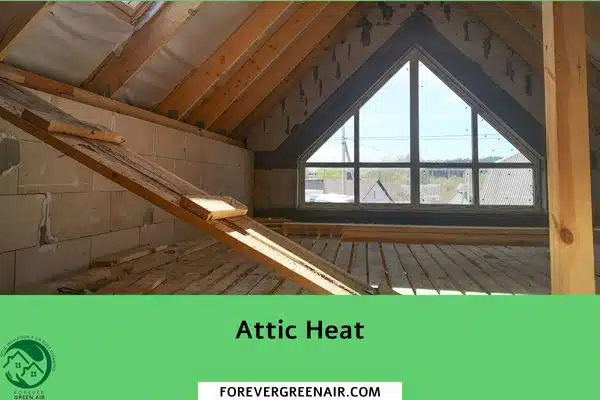Do you often feel like your home could use a little more warmth and comfort? If so, then one of the best ways to improve your living conditions is by investing in some quality home insulation.
Investing in insulation can not only make your house physically warmer in every season, but it can save you money on energy bills and reduce wasted energy as well. Read on to discover why insulating your home is an effective way to improve air quality, conserve energy resources, and ensure that every room stays comfortable all year long.
Understanding the Basics of Home Insulation
Many homeowners often overlook the importance of proper home insulation. However, a well-insulated home can make all the difference when it comes to reducing energy costs and maintaining a comfortable living space.
Home insulation essentially acts as a barrier, preventing heat exchange between the interior and exterior of a home. Without insulation, warmth will escape during colder months, and cool air will seep out during the summer.
Knowing the basics of how insulation works and understanding the different types available can help you make informed decisions about improving your home’s energy efficiency. It’s never too late to start thinking about home insulation and the benefits it can offer.
Contact Us
Benefits of Home Insulation
When it comes to making your home more efficient, installing home insulation should be at the top of your list. Not only does it keep your home warm in the winter, but it also keeps it cool in the summer, which helps you to save on energy bills.
Home insulation is a proven way to increase the comfort of your home and reduce energy consumption. The process of installing insulation is actually quite simple and can be done by professionals or as a DIY project.
The benefits of adding home insulation are numerous and include improved energy efficiency, increased indoor comfort, and cleaner indoor air quality. If you want to keep your home efficient and comfortable, home insulation is an absolute must-have.
Types of Home Insulation
When it comes to keeping your home energy efficient, one of the most important considerations is your home insulation. There are a variety of types of home insulation to choose from, each with its own benefits and drawbacks.
From traditional batts and rolls of fiberglass insulation to modern options like spray foam and blown-in insulation, the right choice will depend on your home’s specific needs and your budget.
With the right insulation, you can keep your home comfortable all year round while also saving money on your energy bills.
Common Areas to Insulate in Your Home
If you’re looking to improve the energy efficiency of your home, one of the best places to start is by insulating common areas. Home insulation can help keep your living spaces more comfortable and reduce your heating and cooling costs. Some common areas to insulate include your attic, walls, and crawl space.
Insulating your attic can prevent heat loss through the roof, while wall insulation can improve thermal performance and reduce sound transmission. In the crawl space, insulation can help prevent moisture buildup and improve indoor air quality. By insulating these key areas, you can make your home more comfortable and sustainable, while also reducing your energy bills.
Tips for Successful Home Insulation Installation
Home insulation can make a significant difference in the overall comfort of your home while also reducing energy bills. However, installing home insulation can be a tricky process that requires careful attention to detail.
To ensure a successful installation, it’s important to focus on factors such as choosing the right type of insulation, ensuring proper ventilation, and avoiding common installation mistakes. By taking the time to properly install your home insulation, you can enjoy a more comfortable living space and save money in the long run.
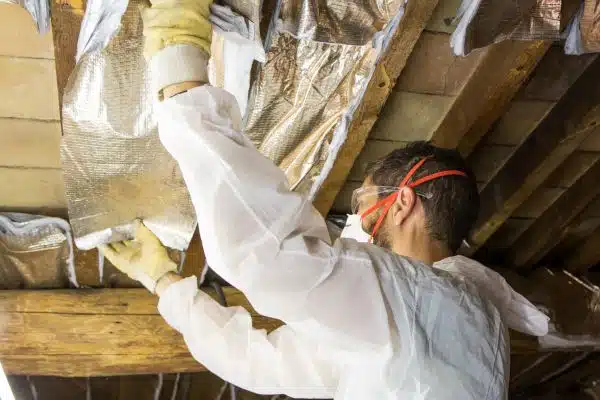
Costs and Savings Associated with Home Insulation
Home insulation is one of the most important investments you can make as a homeowner. While it may seem like an unnecessary expense, the costs associated with proper insulation are well worth it in the long run.
Proper insulation helps keep your home cool in the summer and warm in the winter, which translates to significant savings on your energy bills. In addition to reducing your overall energy consumption, insulation also helps decrease your carbon footprint, making it environmentally responsible as well.
When considering the costs and savings associated with home insulation, it’s important to think beyond the short-term expenses and consider the long-term benefits that come with a properly insulated home.
DIY vs Professional - How to Decide on the Right Option for You
When it comes to home insulation, the decision between a DIY job or hiring a professional can be a tricky one. On one hand, doing it yourself can save you money and give you a sense of satisfaction in completing a project on your own.
On the other hand, professionals have experience and expertise that can guarantee the job will be done correctly and efficiently. It’s important to consider your own abilities and the complexity of the job when making this decision. If you have the necessary skills and knowledge, DIY may be the way to go.
However, if the job requires a high level of technical expertise or you’re not confident in your abilities, it may be worth investing in a professional to ensure your home is properly insulated and energy-efficient.
In conclusion, if you’re looking to improve the energy efficiency of your home and save on energy costs, insulation is a viable option. Based on these seven key points and your particular circumstances, you should now have a better understanding of the basics of home insulation, its benefits, the types available in your area, what parts to look at for insulating your home, tips for successful installation/maintenance of insulation, and costs associated with it.
Whether you decide to do a DIY project or hire professional help to install it, it’s important to ensure proper installation for maximum energy saving potential. Get started today and explore all the possibilities that exist when it comes to improving your home’s insulation!
